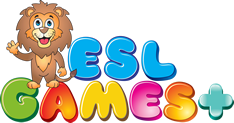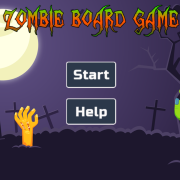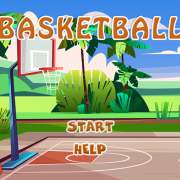Observation and Inference | Game Online
Unraveling Observation and Inference: The Interplay of Fact and Reasoning in Our Daily Lives
In the grand tapestry of human understanding, two fundamental threads weave together: observation and inference. These are not just mere buzzwords but essential tools that shape our perception of reality and guide our actions. Let's delve into these fascinating cognitive processes and understand their intricate relationship.
The Art of Observation
Observation is the act of collecting data through our senses about events, objects, or situations in the world around us. It's a passive process where we merely 'take in' information without interpreting it. For instance, seeing a red car parked on the street, hearing a bird's melodious song, or feeling the cool breeze against your skin are all acts of observation.
Inference: The Leap Beyond Observation
Inference, on the other hand, is an active process where we draw conclusions or make predictions based on observations and prior knowledge. It's a mental leap that allows us to go beyond what's immediately apparent. For example, if you observe a red car parked in the sun for several hours, you might infer that it will be hot to touch because of the heat absorption by the car's color.
The Role of Prior Knowledge
Prior knowledge plays a crucial role in both observation and inference. Our past experiences shape how we interpret new observations, leading to different inferences for different individuals. For instance, someone who knows about photosynthesis may infer that leaves turning green is due to the process of photosynthesis, while another person might simply observe the change in color without making any connection.
Observation vs. Inference: A Symbiotic Relationship
Observation provides the raw data, and inference adds meaning and understanding to this data. Without observation, we have no facts to reason with; without inference, the world would be a vast array of unconnected observations devoid of insight or comprehension. The interplay between these two processes is what allows us to navigate our complex environment and make sense of the world around us.
The Art of Balance
It's essential to strike a balance between observation and inference. Over-reliance on either can lead to errors. Over-observation without inference may result in an overwhelming amount of data with no clear direction or understanding, while over-inferencing without proper observations can lead to incorrect assumptions or misinterpretations.
Exploring the Boundaries: The Realm of Critical Thinking
The art of critical thinking lies in mastering the dance between observation and inference. It encourages us to question our assumptions, test our conclusions against new observations, and continuously refine our understanding of the world. In this way, observation and inference are not just tools for understanding the world but also for shaping it.
In conclusion, observation and inference are indispensable cognitive processes that allow us to perceive, understand, and interact with the world around us. By fostering a keen sense of observation and honing our skills in inference, we can cultivate a richer, more nuanced understanding of reality and make informed decisions that shape our lives.








